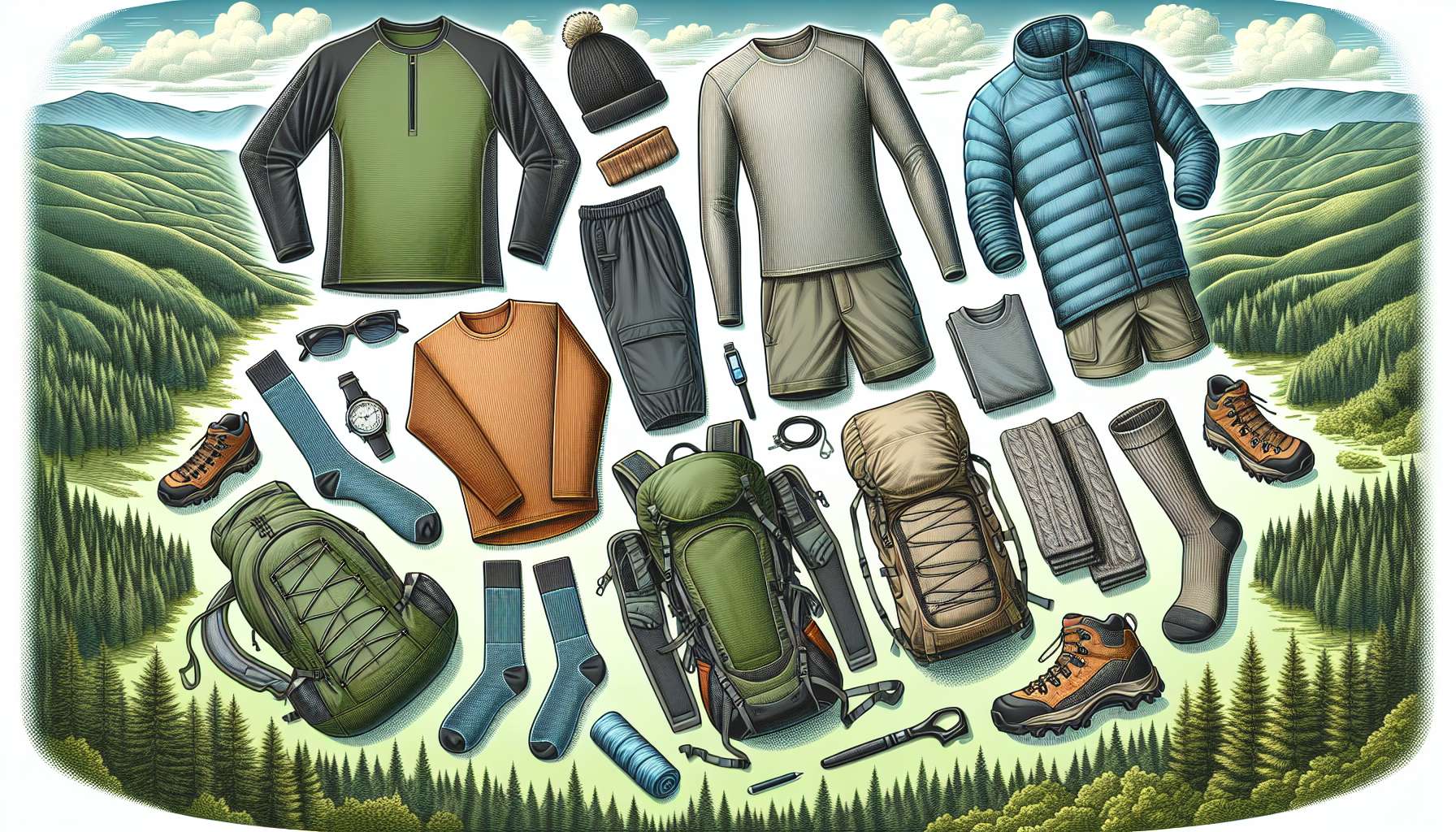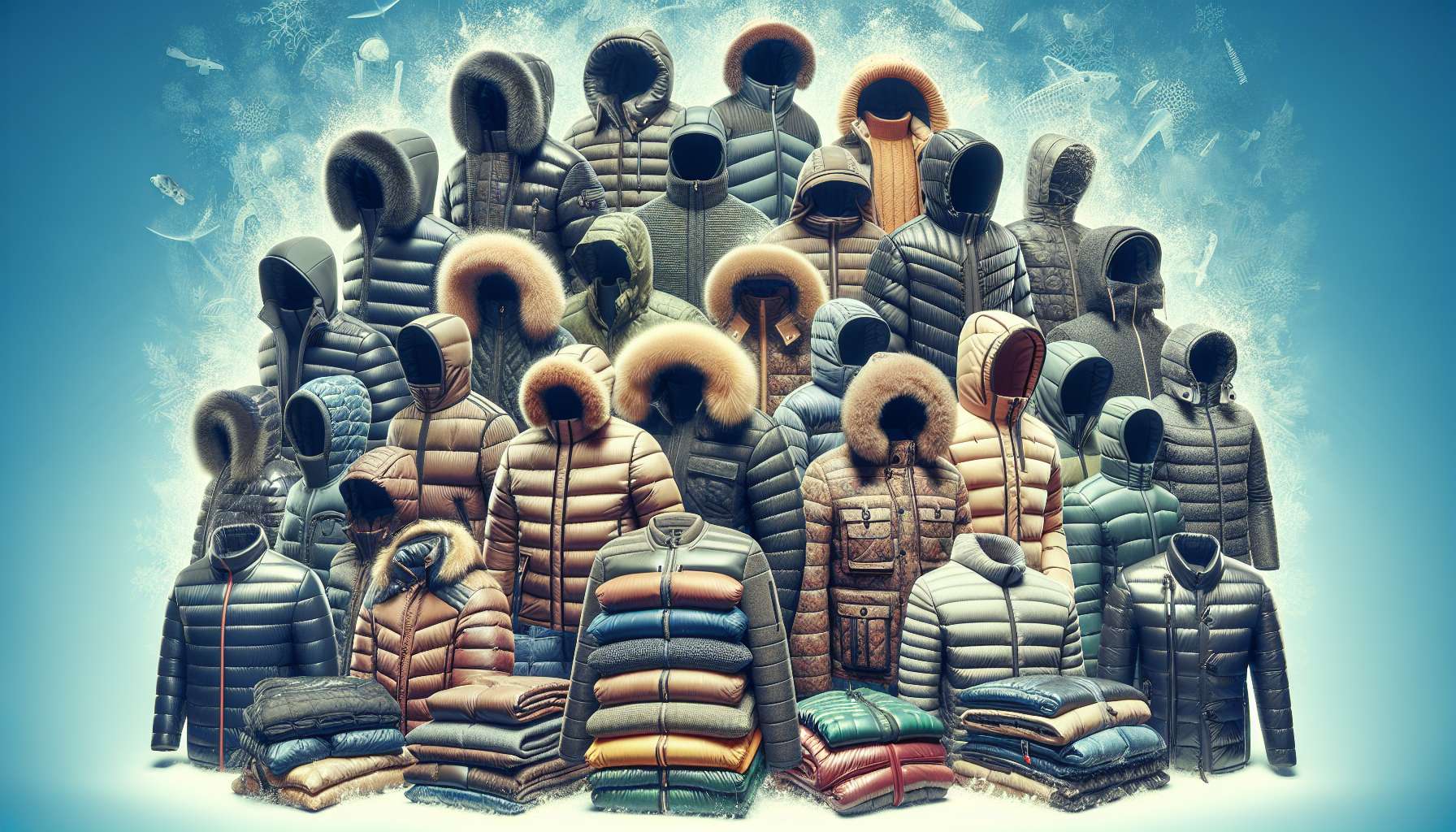Unlocking the World of Mountaineering Sunglasses
As the sun rises over the jagged peaks of the mountain range, casting a golden glow over the icy landscape, the mountaineer readies themselves for the ascent. With each step, the air grows thinner, the wind sharper, and the glare more intense. In this harsh environment, where every decision can mean the difference between success and failure, having the right gear is crucial. Among the essential equipment for any mountaineer are their sunglasses, a small yet mighty tool that protects their eyes from the elements and enhances their performance in the unforgiving terrain.
Mountaineering sunglasses are not just a fashion statement; they are a vital piece of gear that can make or break an expedition. From shielding the eyes from harmful UV rays to reducing glare and enhancing visibility, these specialized sunglasses are designed to withstand the rigors of high-altitude adventures. In this comprehensive guide, we will delve into the world of mountaineering sunglasses, exploring their history, design, features, and importance in the realm of mountain sports.
The Evolution of Mountaineering Sunglasses
Mountaineering sunglasses have come a long way since their humble beginnings. In the early days of mountain exploration, climbers relied on basic goggles or tinted lenses to protect their eyes from the sun’s glare. However, as the sport of mountaineering evolved and new technologies emerged, so too did the design of mountaineering sunglasses.
One of the key developments in the evolution of mountaineering sunglasses was the introduction of polarized lenses. These lenses are specially designed to reduce glare and enhance clarity, making them ideal for use in bright, snowy conditions. Polarized lenses work by filtering out horizontal light waves, which are often the cause of glare when they reflect off surfaces like snow, water, or ice. By minimizing glare, polarized lenses improve visibility and reduce eye strain, allowing climbers to focus on the task at hand.
Another important innovation in mountaineering sunglasses is the use of photochromic lenses. These lenses are designed to automatically adjust their tint based on the intensity of light, providing optimal visibility in changing conditions. Photochromic lenses are particularly useful for mountaineers who may encounter varying light levels throughout their ascent, from bright sunshine to overcast skies. By adapting to the environment, photochromic lenses ensure that climbers always have the right level of protection for their eyes.
The Anatomy of Mountaineering Sunglasses
Mountaineering sunglasses are not just a simple pair of shades; they are a sophisticated piece of equipment that is meticulously designed to meet the unique needs of climbers. From the frame to the lenses, every component of mountaineering sunglasses plays a crucial role in ensuring the safety and comfort of the wearer.
Frame
The frame of mountaineering sunglasses is typically made from lightweight yet durable materials like nylon or polycarbonate. These materials are chosen for their ability to withstand impact and resist breakage, essential qualities for a piece of gear that will be subjected to rugged conditions. The frame may also feature rubberized grips on the temple tips and nose pads to ensure a secure fit, even when the wearer is sweating or moving vigorously.
In addition to durability, the frame of mountaineering sunglasses is designed for optimal coverage and protection. Many models feature wraparound frames that provide full coverage around the eyes, blocking out peripheral light and reducing the risk of glare from the sides. Some frames also have removable side shields that can be attached for extra protection in windy or snowy conditions.
Lenses
The lenses of mountaineering sunglasses are perhaps the most crucial component of all. These lenses are specially crafted to offer a range of benefits, from UV protection to contrast enhancement. Some key features to look for in mountaineering sunglass lenses include:
- UV Protection: Mountaineering sunglasses should offer 100% UV protection to shield the eyes from harmful UVA and UVB rays. Prolonged exposure to UV rays at high altitudes can lead to conditions like snow blindness and cataracts, making UV protection a non-negotiable feature.
- Impact Resistance: Lenses should be impact-resistant to protect the eyes from debris, rocks, or ice that may be kicked up during the climb. Polycarbonate lenses are a popular choice for their high impact resistance and durability.
- Glare Reduction: Polarized lenses are excellent for reducing glare and improving visibility in bright conditions. By filtering out horizontal light waves, polarized lenses minimize glare from reflective surfaces.
- Photochromic Technology: Photochromic lenses are a versatile option for mountaineers who may encounter changing light conditions. These lenses automatically adjust their tint based on the level of UV exposure, ensuring optimal visibility at all times.
- Color Tint: The color of the lens tint can affect how the wearer perceives colors and contrasts. For example, gray lenses are a popular choice for maintaining true color perception, while brown lenses can enhance contrast in variable light conditions.
When choosing mountaineering sunglasses, it’s essential to consider the specific conditions you will be facing on your climb and select lenses that offer the right combination of features for your needs.
Fit and Comfort
In addition to protection and performance, fit and comfort are essential considerations when choosing mountaineering sunglasses. A pair of sunglasses that fit poorly or cause discomfort can be a distraction and hinder your performance on the mountain. Look for sunglasses with adjustable nose pads and temple tips for a customizable fit that will stay secure even during intense activity. Some models also feature vented lenses to prevent fogging and keep the lenses clear in humid or cold conditions.
Remember, the best mountaineering sunglasses are not only functional but also comfortable to wear for extended periods. Test out a few different styles and brands to find the one that fits your face shape and provides the level of comfort you need for long days in the mountains.
Caring for Your Mountaineering Sunglasses
Proper care and maintenance of your mountaineering sunglasses are essential to ensure they perform optimally and last for many adventures to come. Here are some tips for caring for your sunglasses:
- Store your sunglasses in a protective case when not in use to prevent scratches and damage.
- Clean your lenses regularly with a microfiber cloth and lens cleaner to remove dirt, smudges, and debris.
- Avoid leaving your sunglasses in hot, enclosed spaces like the dashboard of your car, as high temperatures can damage the lenses and frames.
- Replace damaged or scratched lenses promptly to maintain clear vision and UV protection.
By following these simple care tips, you can ensure that your mountaineering sunglasses are always ready for your next adventure.
Expert Opinions on Mountaineering Sunglasses
To gain further insights into the importance of mountaineering sunglasses, we reached out to a few experts in the field for their opinions on the topic. Here’s what they had to say:
Dr. Emily Jones, an ophthalmologist specializing in sports vision, emphasizes the importance of UV protection in mountaineering sunglasses. “UV exposure at high altitudes is a serious concern for climbers,” says Dr. Jones. “Without proper eye protection, climbers are at risk of developing conditions like snow blindness, which can be extremely painful and debilitating. Investing in quality sunglasses with 100% UV protection is essential for protecting your eyes in the mountains.”
John Davis, a professional mountaineer with over 20 years of experience, highlights the role of glare reduction in mountaineering sunglasses. “Glare from the sun or reflective surfaces can be a significant hazard for climbers,” says Davis. “When you’re navigating steep terrain or crossing snowfields, clear vision is critical. Polarized lenses are a game-changer for reducing glare and improving visibility, allowing climbers to focus on their route without distraction.”
Common Misconceptions About Mountaineering Sunglasses
Despite their importance, mountaineering sunglasses are often overlooked or misunderstood by climbers. Here are some common misconceptions about mountaineering sunglasses:
- Misconception #1: Any sunglasses will do for mountaineering.
- Reality: Not all sunglasses are created equal when it comes to high-altitude conditions. Mountaineering sunglasses are specially designed to protect the eyes from UV rays, reduce glare, and enhance visibility in challenging environments.
- Misconception #2: Polarized lenses are only for water sports.
- Reality: While polarized lenses are popular among water sports enthusiasts, they are also highly beneficial for mountaineers. Polarized lenses reduce glare from snow, ice, and other reflective surfaces, making them ideal for use in snowy conditions.
- Misconception #3: Photochromic lenses are unnecessary for mountaineering.
- Reality: Photochromic lenses are a versatile option for mountaineers who may encounter varying light conditions on their climbs. These lenses automatically adjust their tint to provide optimal visibility in changing environments.
Conclusion
To wrap things up, mountaineering sunglasses are not just a fashion accessory; they are a vital piece of gear that can enhance your performance and protect your eyes in the mountains. From UV protection to glare reduction, these specialized sunglasses are designed to meet the unique needs of climbers and outdoor enthusiasts. By choosing the right pair of mountaineering sunglasses and caring for them properly, you can ensure that your eyes are well-protected and your vision is clear on every adventure.
So, before you embark on your next mountain expedition, make sure to invest in a quality pair of mountaineering sunglasses that will see you through sun, snow, wind, and ice. Your eyes will thank you for it!




